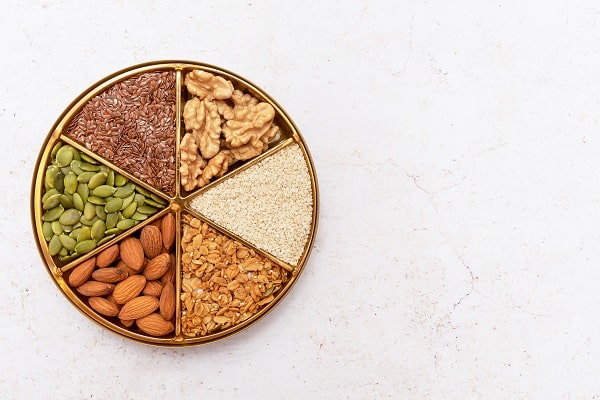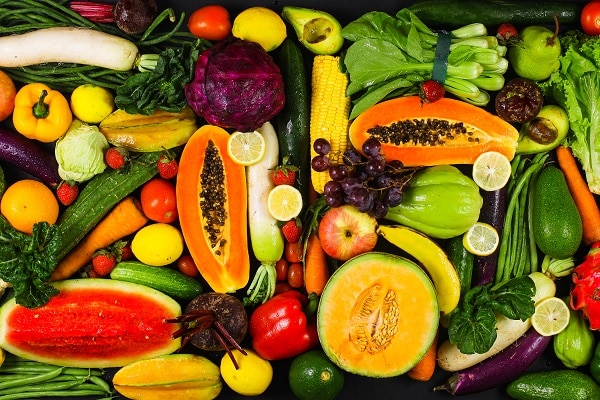Odds are you’ve heard about gluten intolerance, a condition that has garnered significant attention over the years. But what about the other food intolerances that often go unnoticed? Understanding some of the lesser-known food intolerances is crucial for better health and well-being. This post will shed light on these lesser-known food intolerances, their symptoms, and how to manage them effectively. From lactose to fructose and beyond, let’s dive deep into the world of food intolerances that don’t get the spotlight but deserve your attention.
Contents
The Rise Of Food Intolerances

Food intolerances are on the rise, and it’s not just a trend. Studies show that an increasing number of people are experiencing adverse reactions to certain foods. Environmental factors, genetic predispositions, and lifestyle choices all contribute to this growing issue. It’s essential to recognize this rise not as a fad but as a genuine health concern that requires attention and understanding.
While gluten intolerance has been extensively researched and discussed, many other food intolerances are often overlooked. This lack of awareness can lead to misdiagnosis and ineffective treatment. By broadening the scope of understanding beyond gluten, individuals can take proactive steps to manage their symptoms and improve their quality of life.
What Is Food Intolerance?

Food intolerance is a condition where the body experiences difficulty in digesting certain foods, leading to uncomfortable symptoms. It’s crucial to differentiate food intolerance from food allergies. While an allergy triggers the immune system and can be life-threatening, intolerance is generally less severe but can significantly impact your daily life. Symptoms may include bloating, abdominal pain, and diarrhea, among others.
Understanding what food intolerance is sets the stage for diving into the various types that exist. These intolerances can range from lactose and fructose to more obscure ones like histamine and salicylate sensitivities. Each comes with its own set of symptoms and challenges, making it essential to identify which intolerances you may have to manage them effectively. Below, you will get a more in-depth look at some of these lesser-known intolerances.
Lactose Intolerance

Lactose intolerance is perhaps one of the most commonly recognized food intolerances. It occurs when the body lacks the enzyme lactase, which is essential for breaking down lactose found in dairy products. Symptoms often include bloating, diarrhea, and abdominal cramps. According to demographic data, lactose intolerance is more prevalent in certain ethnic groups, making it a significant concern for a large portion of the population.
Controlling lactose intolerance involves either avoiding dairy products or opting for lactose-free alternatives. Fortunately, the market is abundant with lactose-free milk, cheese, and yogurt, making it easier to maintain a balanced diet. However, lactose intolerance serves as just the tip of the iceberg. Many other food intolerances are equally impactful but far less discussed, warranting a deeper look into these lesser-known conditions.
Fructose Intolerance

Fructose intolerance, also known as fructose malabsorption, is a condition where the body struggles to absorb fructose, a type of sugar found in fruits, vegetables, and many processed foods. Symptoms can include gas, bloating, diarrhea, and abdominal pain. The challenge with fructose intolerance is that fructose is ubiquitous and found in everything from apples to soft drinks.
Managing fructose intolerance involves a careful examination of one’s diet to identify high-fructose foods. Once identified, these foods can be replaced with low-fructose alternatives. For example, berries and citrus fruits are generally lower in fructose compared to apples and pears. Awareness of fructose content in foods is the first step toward effective management.
Histamine Intolerance

Histamine intolerance is a relatively misunderstood condition that occurs when there’s an imbalance between the buildup of histamine and the body’s ability to break it down. Common symptoms include headaches, hives, and gastrointestinal issues. Foods like aged cheeses, fermented foods, and certain fish are high in histamines and can trigger symptoms.
Living with histamine intolerance involves avoiding high-histamine foods and possibly taking antihistamine medications. It’s also beneficial to keep a food diary to track what triggers your symptoms. This can be a valuable tool in identifying which foods to avoid and finding suitable alternatives. Histamine intolerance is often misunderstood, but it’s not the only one.
FODMAP Intolerance

FODMAPs, or Fermentable Oligo-, Di-, Mono-saccharides, And Polyols, are a group of carbohydrates that are poorly absorbed in the small intestine. Common symptoms include abdominal pain, bloating, and altered bowel habits. Foods high in FODMAPs include certain fruits like apples and pears, vegetables like onions and garlic, and wheat products.
Managing FODMAP intolerance often involves following a low-FODMAP diet, usually under the guidance of a healthcare provider. This diet eliminates high-FODMAP foods for a period, followed by a reintroduction phase to identify triggers. It’s a complex intolerance to understand, but with careful planning and guidance, symptoms can be effectively managed.
Salicylate Sensitivity

Salicylate sensitivity is a reaction to salicylic acid, a naturally occurring chemical found in a wide range of foods, including fruits, vegetables, and spices. Symptoms can vary widely but often include gastrointestinal issues, skin rashes, and respiratory problems. Foods high in salicylates include tomatoes, berries, and certain spices like curry and paprika.
Controlling salicylate sensitivity involves identifying and avoiding foods high in salicylates. This can be a challenging task, given the wide range of foods that contain them. However, with careful observation and possibly the help of a healthcare provider, a low-salicylate diet can be implemented. Salicylate sensitivity is often overlooked, but it’s crucial to be aware of it for a holistic approach to managing food intolerances.
Nightshade Sensitivity

Nightshade sensitivity is a reaction to a family of plants, including tomatoes, potatoes, eggplants, and peppers. Symptoms can range from gastrointestinal issues to joint pain and skin rashes. The challenge with nightshade sensitivity is that these foods are staples in many diets, making avoidance a complex task that requires careful planning and awareness.
Managing nightshade sensitivity involves identifying these foods in your diet and finding suitable alternatives. For example, sweet potatoes can replace white potatoes, and zucchini can be used in place of eggplant in certain recipes. The key to managing this sensitivity is awareness and thoughtful substitution, which can make a significant difference in symptom management. Nightshades are in many diets, but awareness is the first step toward effective management, just like with any other food intolerance.
Be Mindful Of These Lesser-Known Food Intolerances
Understanding the various types of food intolerances beyond gluten is crucial for overall well-being. From lactose and fructose to the more obscure salicylate and nightshade sensitivities, each comes with its own set of challenges and management strategies. The journey to better health begins with awareness and proactive management. So, why wait? Start your journey today by getting tested for food intolerances and adjusting your diet accordingly. Knowledge is power, and in this case, it’s the power to live a healthier, more comfortable life!


